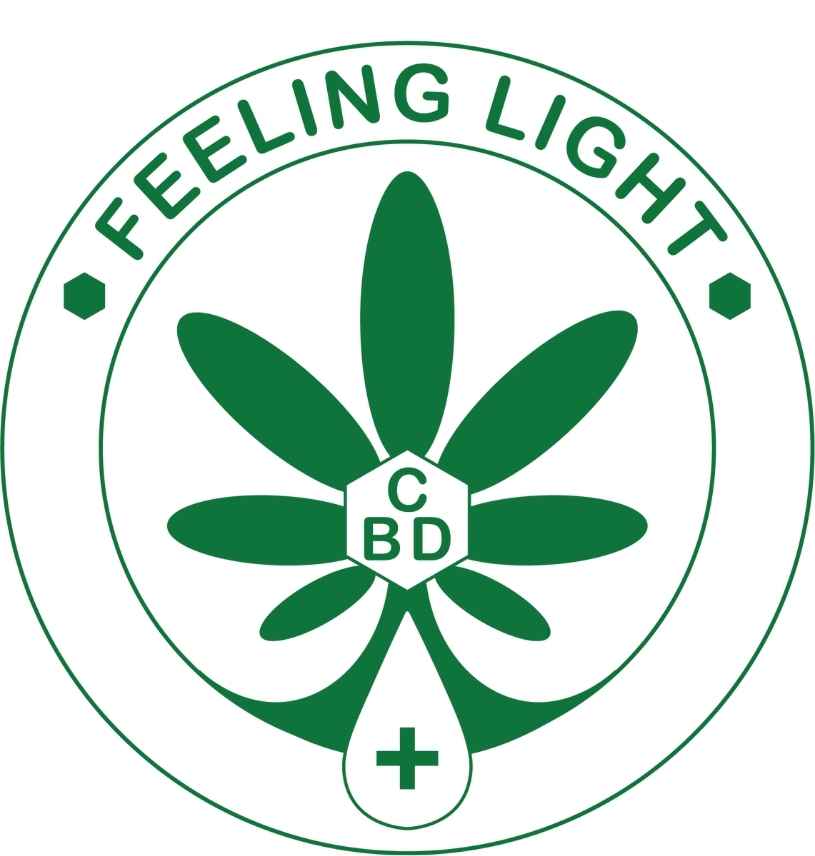The cannabinoid receptors CB1 and CB2 are molecules that play an important role in the human body. These two types of receptors are the main targets of cannabinoids, whose action is linked to the consumption of cannabis or other substances such as THC (tetrahydrocannabinol).
Scientists have identified several functions of cannabinoid receptors: they notably regulate appetite and the sensation of pain, but also increase the electrical activity of the brain and stimulate certain hormones.
This article will allow you to get a good understanding of the different parts of the human body involved in the production of endocannabinoids.
You will also find a detailed explanation of the physical and chemical properties of these organic molecules which play an important role in the control of social behavior in humans (and not only).
CB1 cannabinoid receptors
CB1 cannabinoid receptors are proteins found in cells throughout the body. They play an important role in communication between neurons and other cell types.
Cannabinoids are substances produced by the human body that have an effect on neuronal activity and pain.
CB1 receptors are very numerous in the brain and other parts of the body (skeletal muscles, endocrine glands, digestive organs).
The main functions of CB1 receptors are:
CB2 cannabinoid receptors
CB2 cannabinoid receptors are molecules found in certain tissues of the body and which play an important role in the regulation of the central nervous system.
Cannabinoids act on cells by activating their receptors, which causes a pharmacological action (therapeutic effect).
Endocrine cells are cells located inside our body that produce different hormones, most of which have an effect on behavior, growth and emotions.
These hormones are released by the pancreas into the small intestine then transported by blood vessels to the circulatory system before reaching the target organs (lungs for oxygen for example).
Interaction of CB1 and CB2 receptors with cannabinoids
CB1 and CB2 receptors are proteins found in cells in the human body. They allow cannabinoids to attach to them.
Cannabinoids are natural molecules produced by the human body and by plants (phytocannabinoids). Endocannabinoids are formed from brain fat, while phytocannabinoids come from plants, such as hemp or cannabis sativa L.
Cannabinoids have an effect on CB1 and CB2 receptors by increasing their activity: they therefore increase the influence of endogenous neurotransmitters (endocannabinoids) on the neurons connected to them.
What is the difference between CB1 and CB2 receptors?
Cannabinoid receptors (CB1 and CB2) are proteins located in the human body that are capable of responding to cannabis chemicals. They play an important role in the central nervous system and immune system of the human body. When activated by these molecules, they stimulate or inhibit certain cellular functions such as cell growth, inflammation or even chronic pain.
The main difference between these two types of receptors lies in their distribution and specific functions. CB1 receptors are primarily located in the central nervous system and are involved in appetite regulation, pain modulation, and effects on memory and mood. CB2 receptors, for their part, are mainly present in the immune system and inflammatory tissues, and play a crucial role in the regulation of the immune response and the modulation of inflammation.
How do cannabinoids interact with CB1 and CB2 receptors?
Cannabinoids interact with CB1 and CB2 receptors by binding to these proteins, which triggers a series of biochemical reactions in cells. This binding can result in the activation or inhibition of receptors, which alters their function and influences various biological processes. For example, THC, the main psychoactive component of cannabis, binds primarily to CB1 receptors and causes effects such as relaxation, euphoria, and altered sensory perception. CBD, on the other hand, interacts with CB1 and CB2 receptors in different ways, modulating their functions without causing psychoactive effects.
What effects do THC and CBD have on CB1 and CB2 receptors?
THC binds primarily to CB1 receptors, causing psychoactive effects such as euphoria, relaxation, and altered sensory perception. THC can also interact with CB2 receptors, but to a lesser extent. CBD, on the other hand, does not bind directly to CB1 or CB2 receptors. Instead, it modulates their activity by acting on other receptors and molecules of the endocannabinoid system, which can lead to anti-inflammatory, anticonvulsant and anxiolytic effects, among others.
Are there other cannabinoid receptors?
In addition to the CB1 and CB2 receptors, other receptors and molecules are involved in the endocannabinoid system, such as the TRPV1 receptors (vanilloid type 1 receptors) and GPR55 (G protein-coupled receptors 55). These receptors can also interact with cannabinoids and play a role in modulating various biological processes. However, research into these receptors and their interaction with cannabinoids is still at an early stage, and new discoveries may emerge as the science advances.
In conclusion, the CB1 and CB2 cannabinoid receptors play a crucial role in our health and well-being, and research into their function and interaction with cannabinoids continues to evolve. Understanding these interactions could pave the way for new therapeutic treatments for various medical conditions, harnessing the potential of cannabinoids and the endocannabinoid system.




